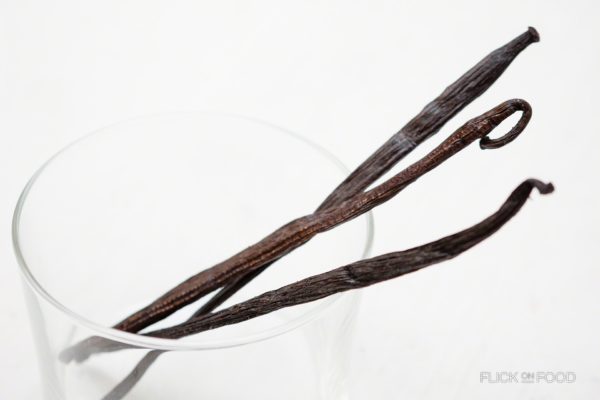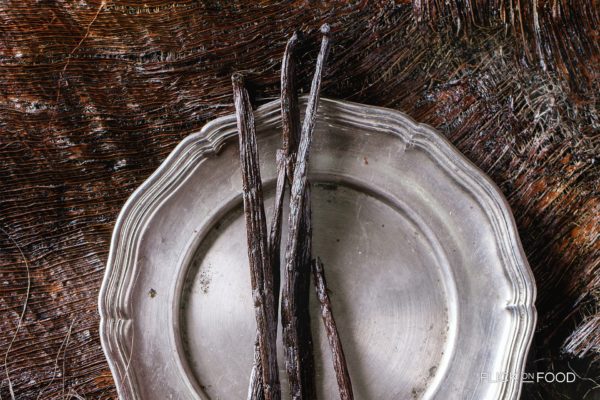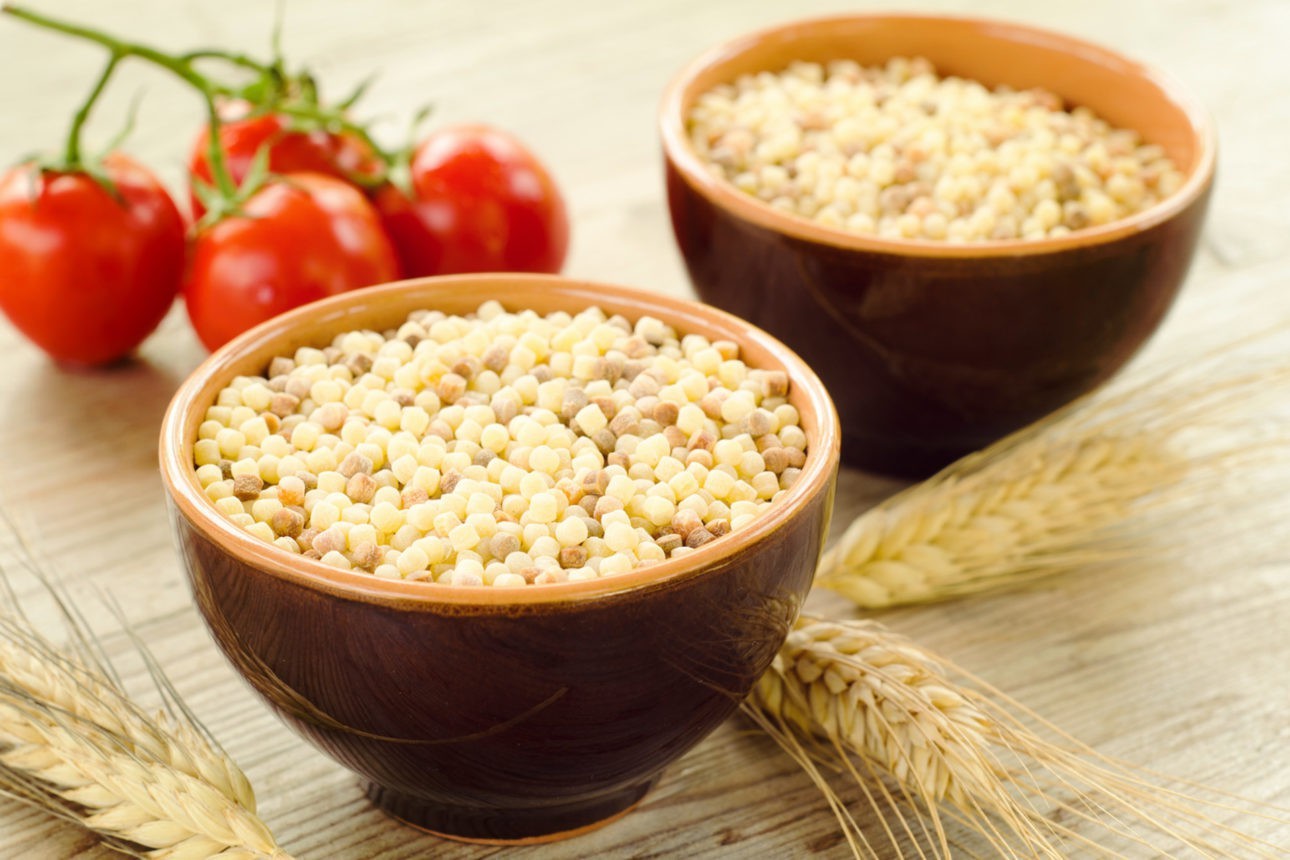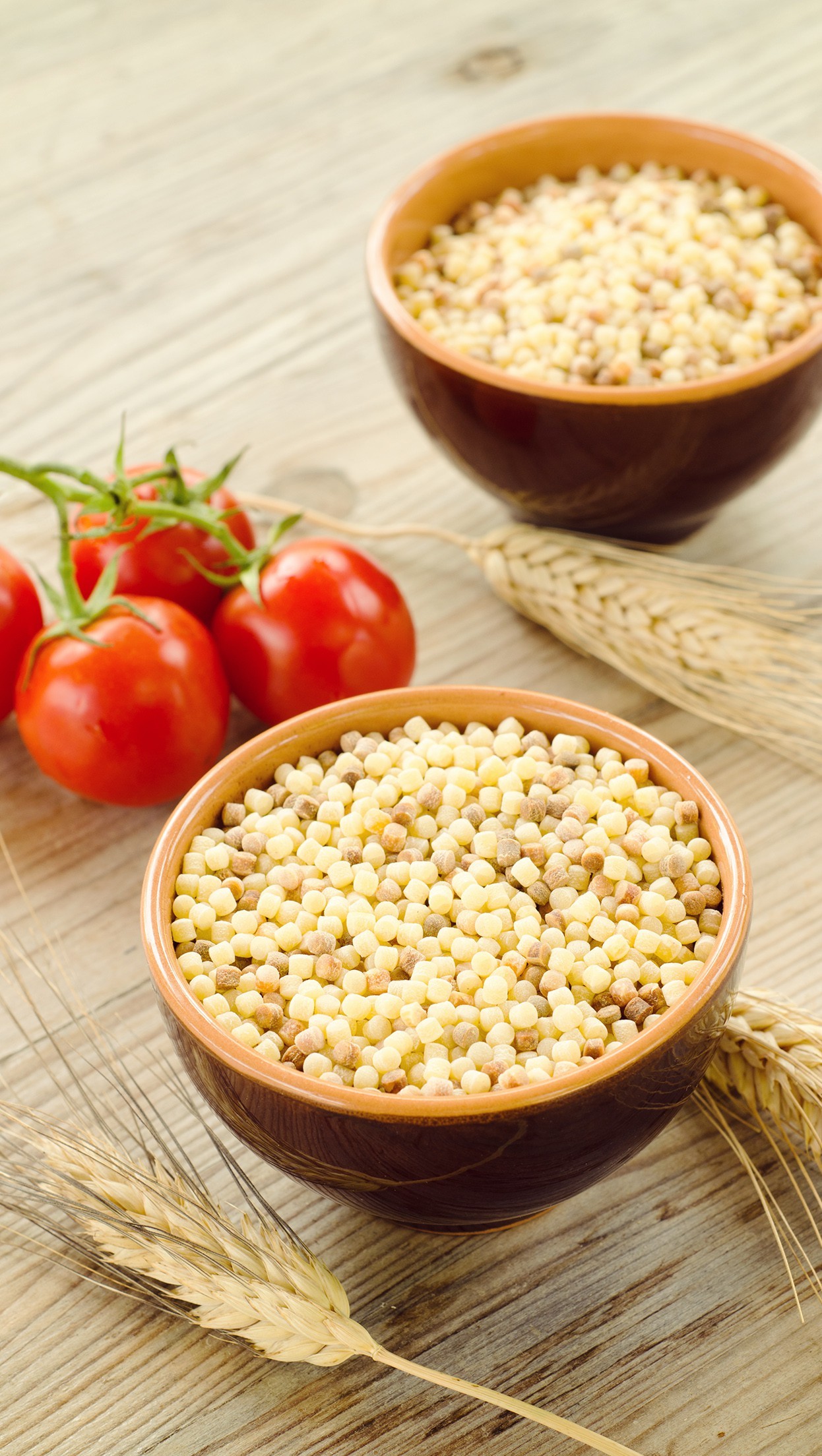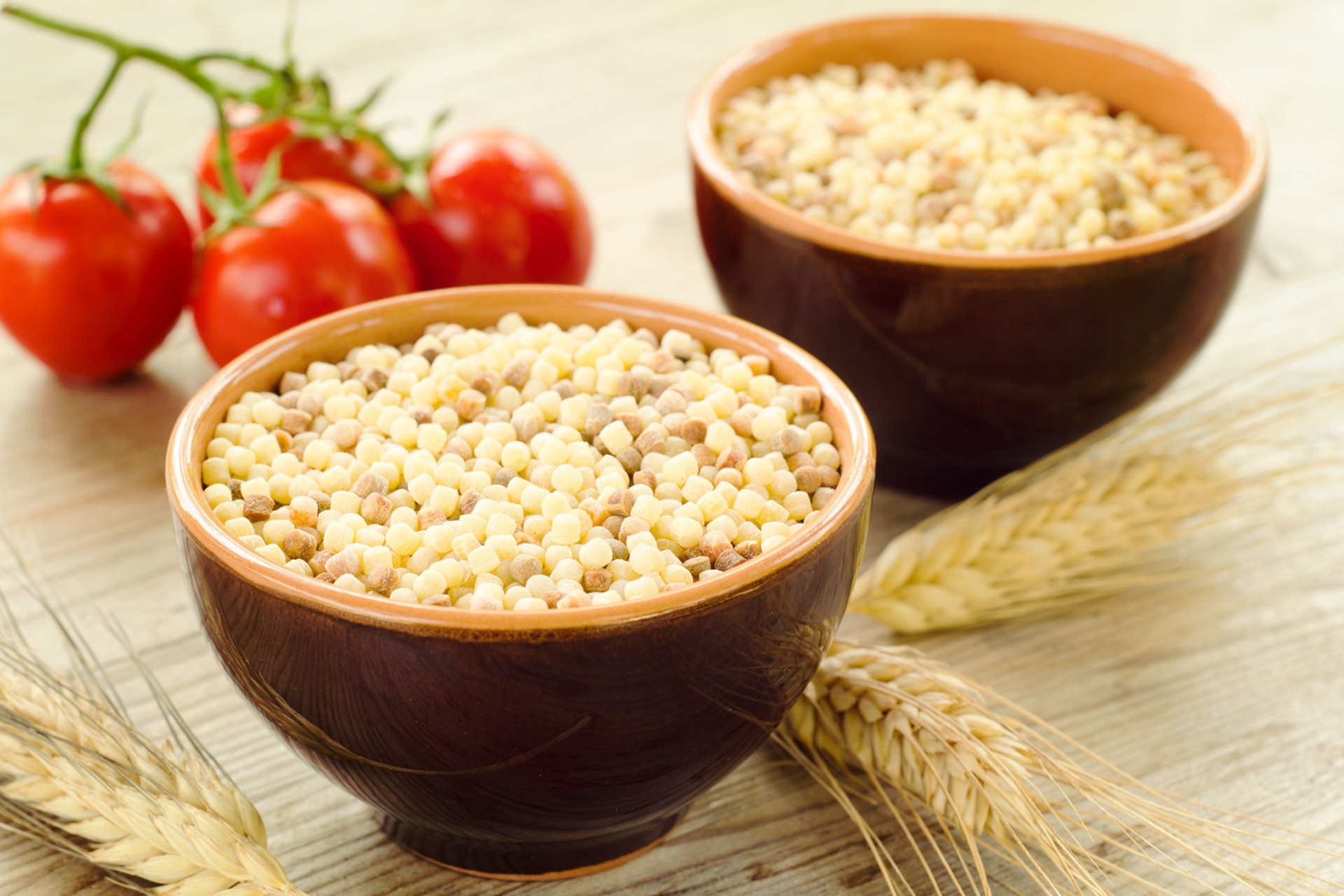
The sardinian pasta that pairs perfectly with seafood and a glass of fine white wine.
Origin
Fregola, also called fregula, fregua or freula, is a name that derives from the Latin ferculum, which means fragment or crumble. Historical documents show that Fregola was already being produced and exported in the 10th century. In the town of Tempio Pausania, a document from a miller’s charter dating back to the 14th century lays out the rules for its preparation. It could only be prepared from Monday to Friday to avoid using water needed during weekends for work in the fields. This Sardinian pasta is made by hand from durum wheat semolina, and is shaped into tiny balls. Its consistency is similar to cous cous, the famous middle eastern grains which spread across the Mediterranean over the course of centuries. That’s why some people believe that fregola could be the result of a cultural exchange between Phoenicians, Punics and Carthaginians. Today, fregola is common throughout Sardinia, and the region has named it an official Traditional Product.
Cook It
These little grains can be enjoyed in a variety of ways, but the most well-known recipe is with tomatoes, and a variety of mussels known as arselle (frugula con cocciuta as they say in Sardinia). It is invariably served with white wine. In fact, in Sardinian culinary tradition, fregola is mainly used in dishes with fish or seafood, or in soups. They’re also excellent with venison ragu, squid or bottarga – a cured fish roe. Fregola is also perfect in many vegetarian recipes.
Did you know
Making fregola is a traditional ritual for Sardinian families. Semolina is placed on a large, deep dish and warm, salty water is added. They use circular hand motions to roll the fregola into their characteristic ball shape. As soon as they’re rolled, the grains are placed on a cloth to dry, and are then toasted in the oven for 15 minutes. The whole process ensures fregola’s classic golden color and unique flavor.



